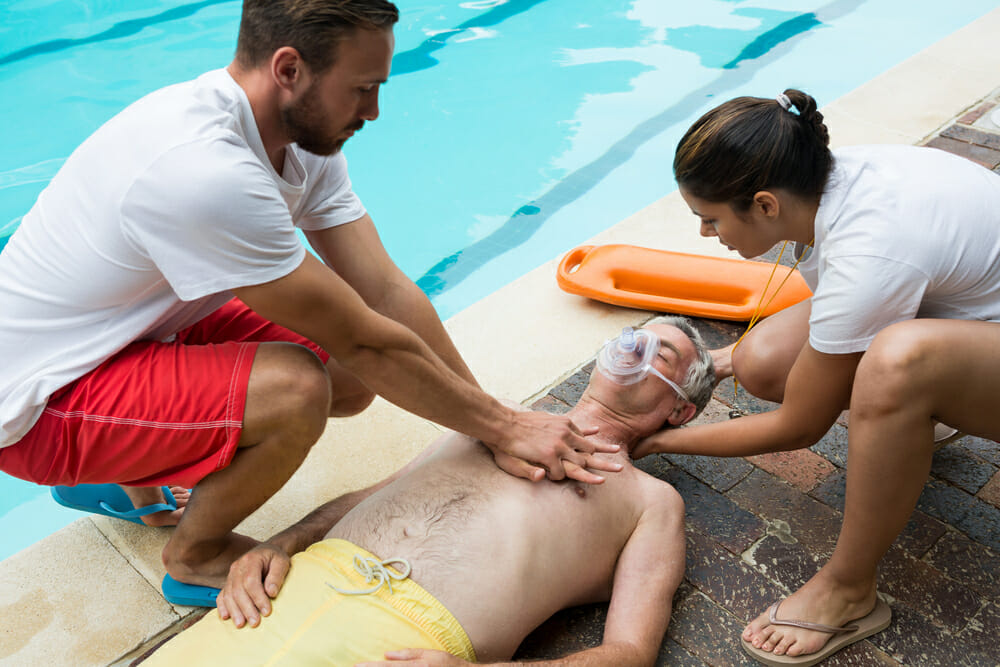
Last Updated On: October 7, 2024
Medical emergencies can happen anytime, and being prepared to respond effectively can save lives. Statistics reveal that over 145 million emergency room visits occur annually in the U.S. alone, and nearly 25% of those visits are due to sudden, life-threatening conditions. Recognizing medical emergencies early and knowing basic first aid principles can dramatically improve outcomes before professional help arrives.
Many first aid techniques are simple yet crucial, and gaining this knowledge can be empowering for anyone, especially those in caregiving roles or high-risk professions. First responders often use basic first aid techniques to deal with common medical emergencies before paramedics arrive.
In the following sections, we will cover some of the most common medical emergencies and offer practical tips on how to handle them.
Recognizing medical emergencies is crucial for anyone interested in first aid. Recognizing the signs and symptoms can help you respond quickly and effectively, potentially saving a life. Here, we’ll explore five of the most frequent medical emergencies and what you can do in each situation.
When the heart stops beating suddenly, it leads to cardiac arrest. This emergency can lead to death within minutes if not treated immediately.
When blood flow to the brain is suddenly interrupted, it can result in a stroke, which can lead to severe neurological damage. Seeking immediate medical help can reduce long-term effects and increase the chances of a full recovery.
Choking occurs when an object blocks the airway, preventing breathing. Food, small toys, or other foreign objects can lodge in the throat, and it can be life-threatening and require immediate attention. In the United States, around 66 to 77 children under the age of 10 die each year due to choking on food.
A severe allergic reaction, known as anaphylaxis, is a life-threatening condition that occurs when the immune system overreacts to a substance, such as certain foods, medications, or insect stings. Identifying and acting quickly can save a life in allergy-specific emergencies.
Cuts, punctures, or other injuries can cause severe bleeding. Knowing how to manage bleeding is essential for providing effective first aid.
Having a few basic first aid tips in mind can help you respond effectively during an emergency. Knowing what to do can make a significant difference, whether you’re at home, work, or in public. Here are some essential first aid principles to keep in mind:
Being prepared for emergencies is essential for everyone, whether at home or in public spaces. Learning to deal with common medical emergencies equips you to respond effectively and builds confidence in your abilities.
During first aid courses, participants learn techniques tailored to address specific emergencies they might encounter in daily life. Preparation involves having the right tools ready, such as a well-stocked first aid kit, and practicing your skills regularly. By educating yourself and others, you help create a safer community where everyone is better equipped to handle emergencies, leading to improved outcomes for those in need.
Read More:
Understanding First Aid: Essential Skills for Everyone to Learn